To eat a Gujarati thali is to embark on a journey—one that begins with the first bite of sweet shrikhand and ends with the lingering warmth of ghee-laden roti. This is not just a meal; it’s an edible story, shaped by centuries of trade, seasons, and the Gujarati philosophy of “Jevu ane Maju” (eat and enjoy).

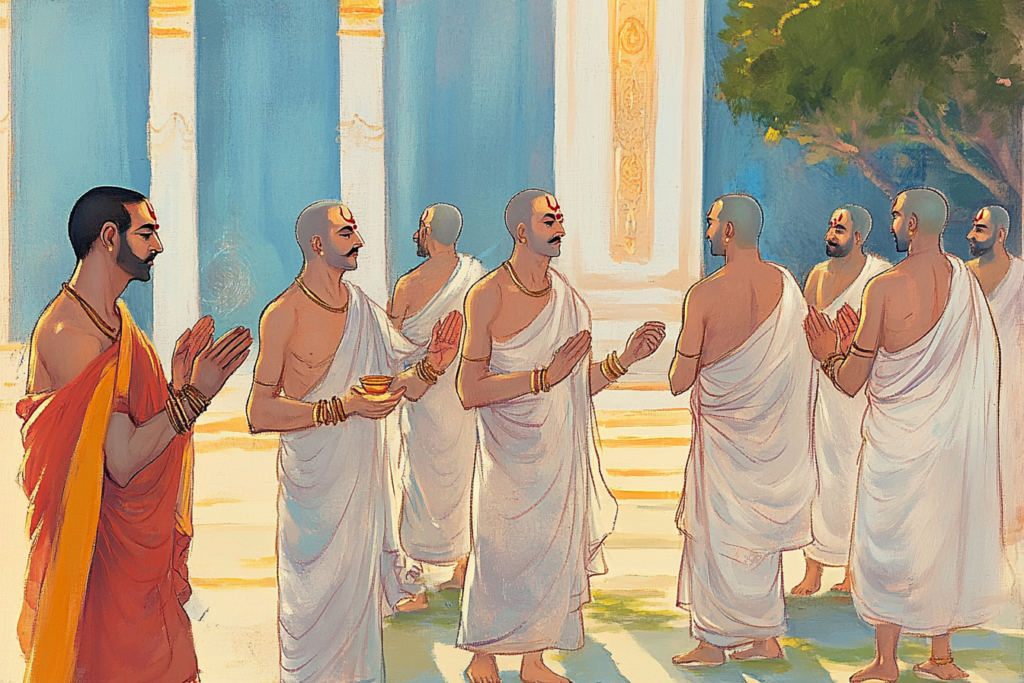

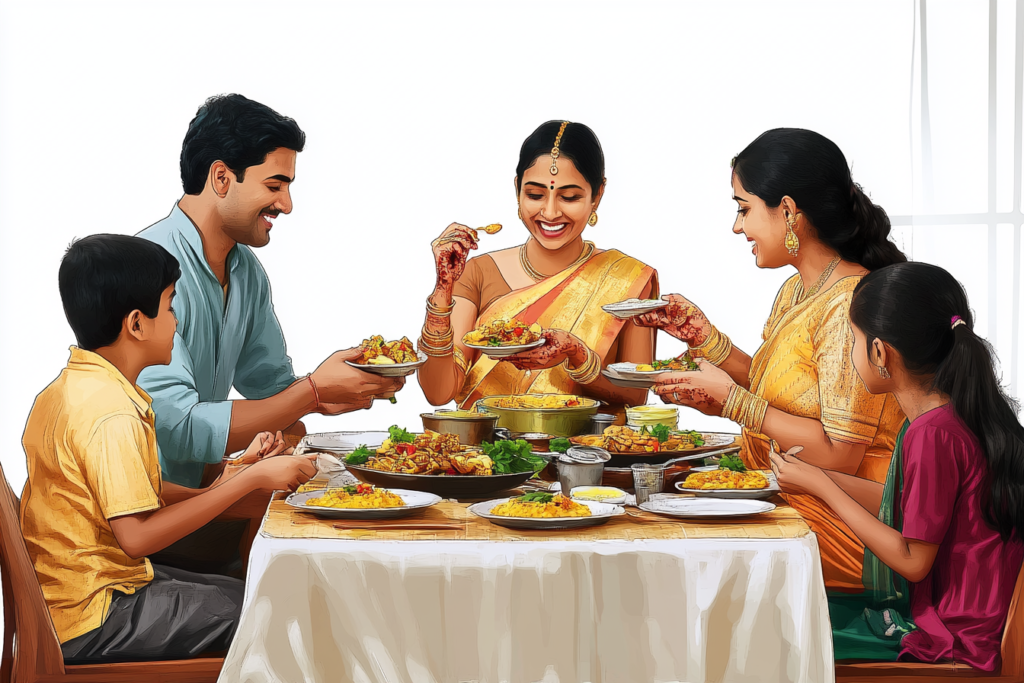
A Plate That Tells a Thousand Tales
Gujarat’s cuisine is a testament to resilience and adaptation. The region’s history—marked by maritime trade, Jain influences, and arid landscapes—has birthed a vegetarian tradition that is anything but austere. The thali is its crowning glory, balancing sweet, spicy, tangy, and bitter in a single sitting.
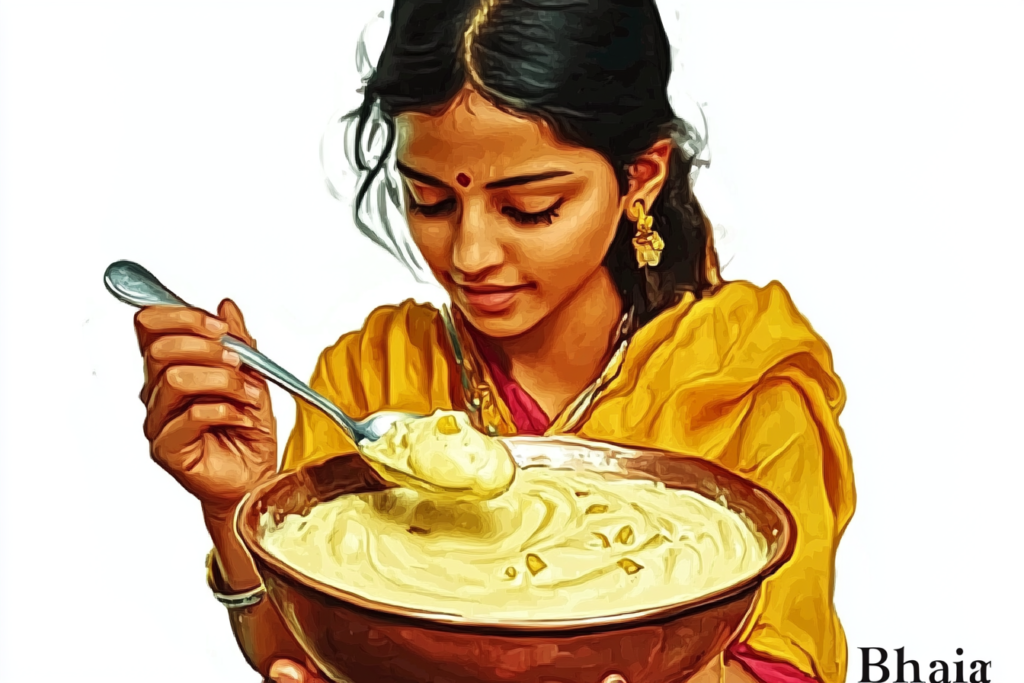
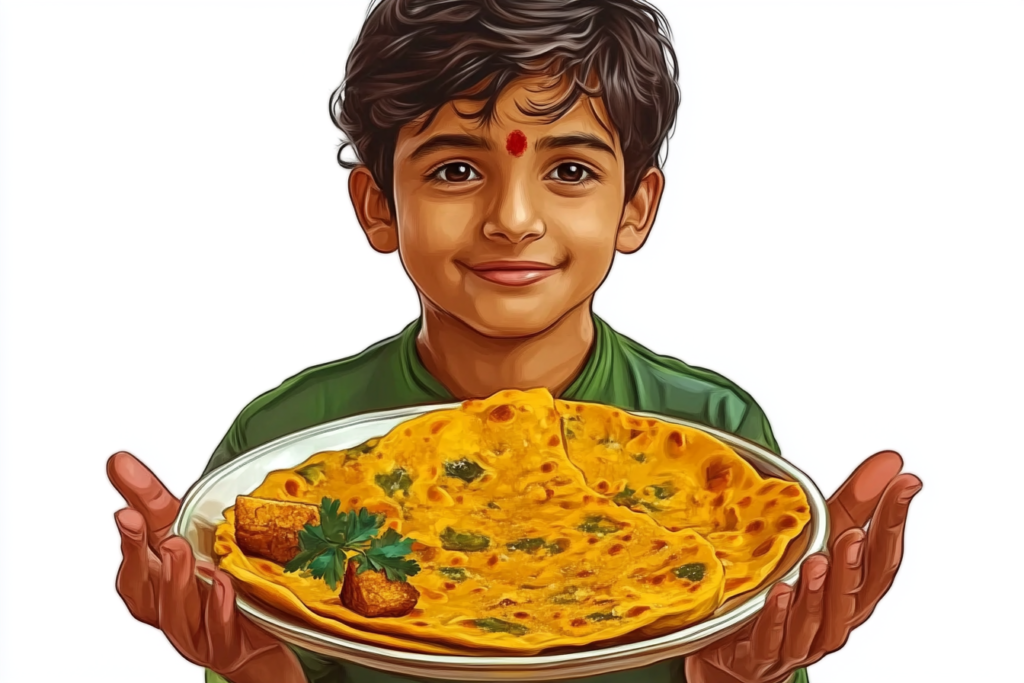
The first thing you notice is the sweetness—unexpected in a main course, yet essential. A spoonful of shrikhand or a bite of methi thepla with a hint of jaggery whispers of Gujarat’s mercantile past, where sugar and spices flowed through its ports. The sweetness isn’t cloying; it’s a counterpoint, a reminder that life, like food, must have balance.
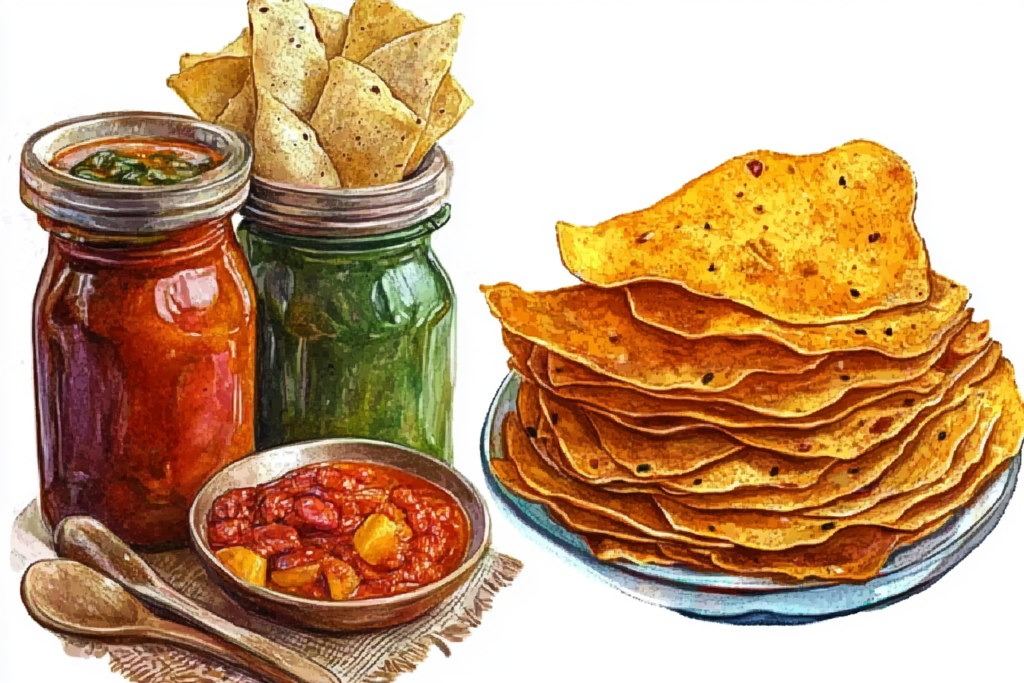
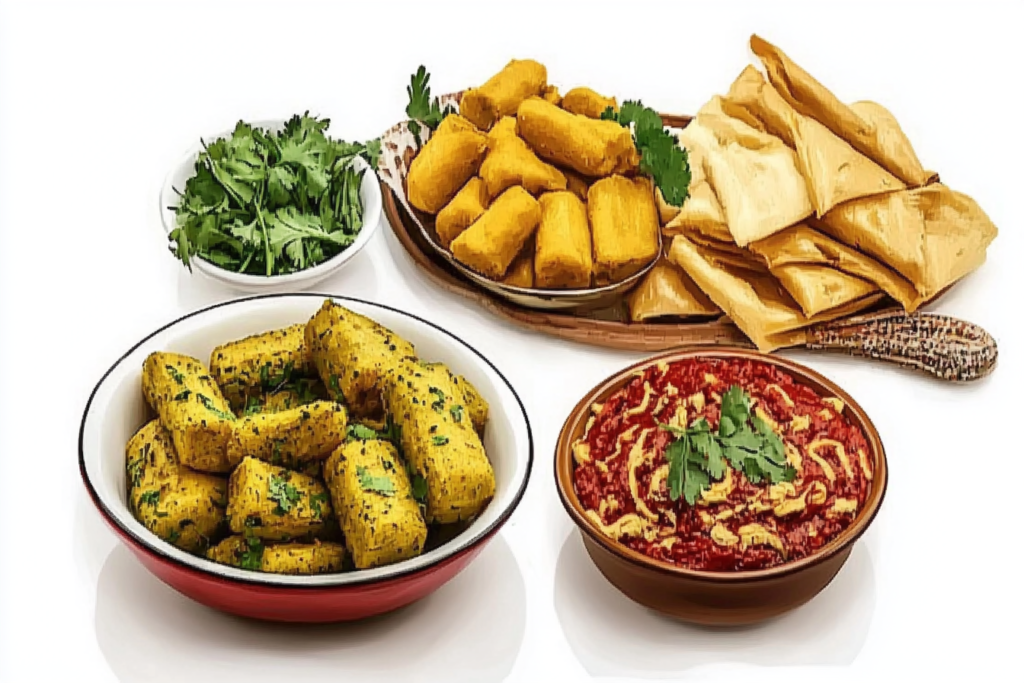
Then comes the texture play—the crisp bite of fafda, the spongy softness of dhokla, the chew of khandvi rolled thinner than parchment. These are not accidents but legacies of ingenuity. In a land where fresh produce wasn’t always abundant, Gujaratis mastered preservation—pickling mangoes, sun-drying papads, fermenting batters for depth and nutrition.
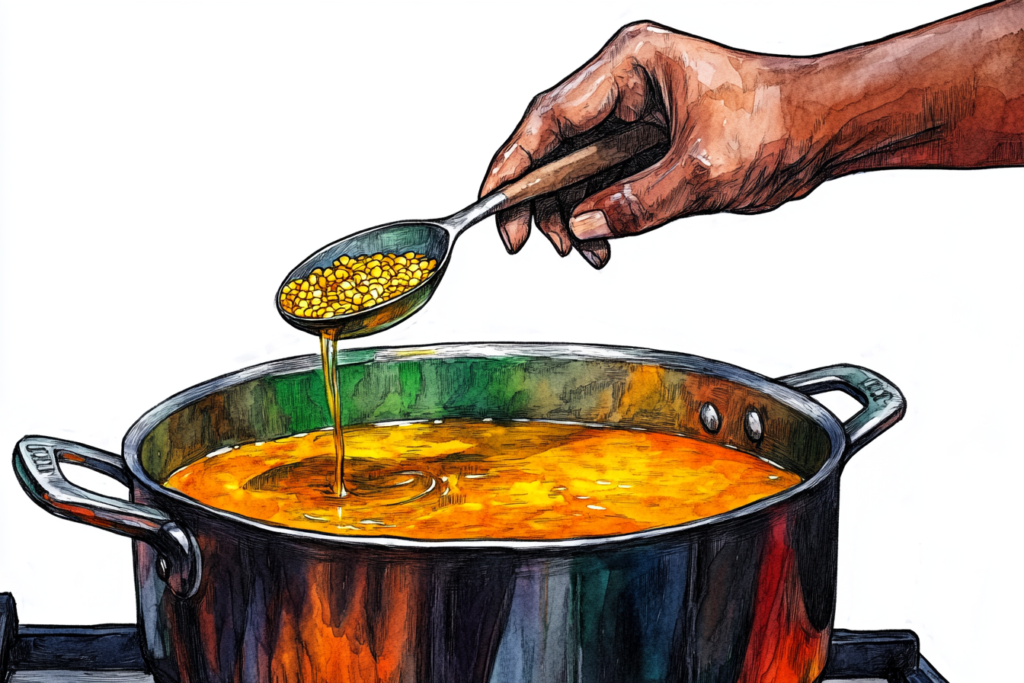
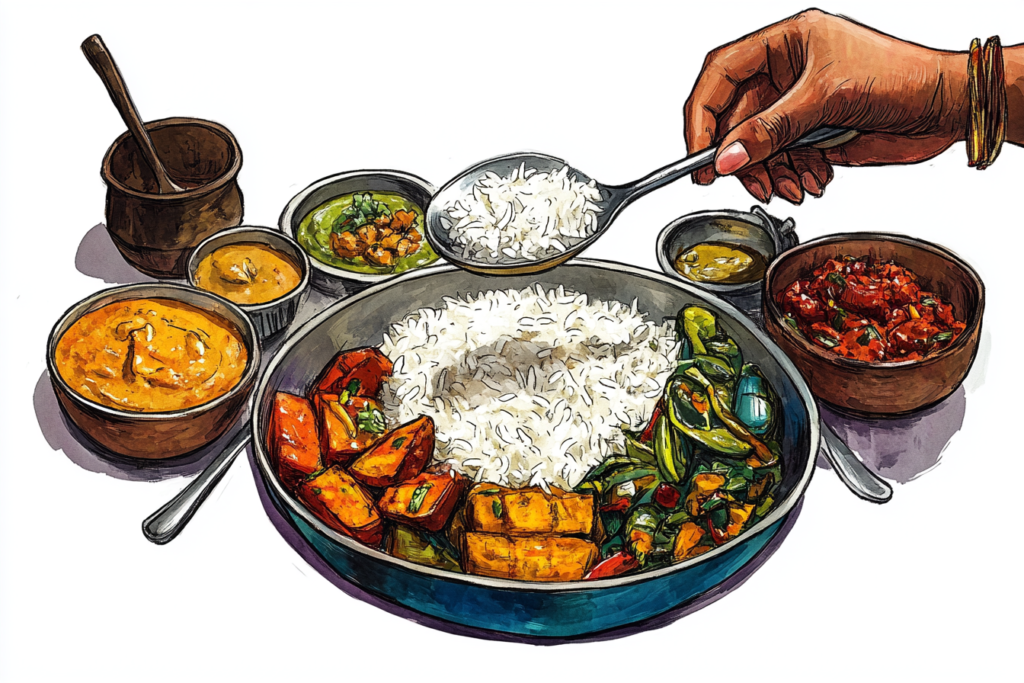
The Heart of the Thali: Dal, Rice, and the Art of Tempering
At the center of it all is dal-bhaat—simple, yet profound. Gujarati dal is unlike any other, sweetened with jaggery, soured with tamarind, and fragrant with hing (asafoetida). It’s a dish born of scarcity lentils stretched with water, made luxurious with a tadka of cumin, mustard seeds, and curry leaves crackling in ghee. Paired with rice, it’s comfort distilled into a single bite.
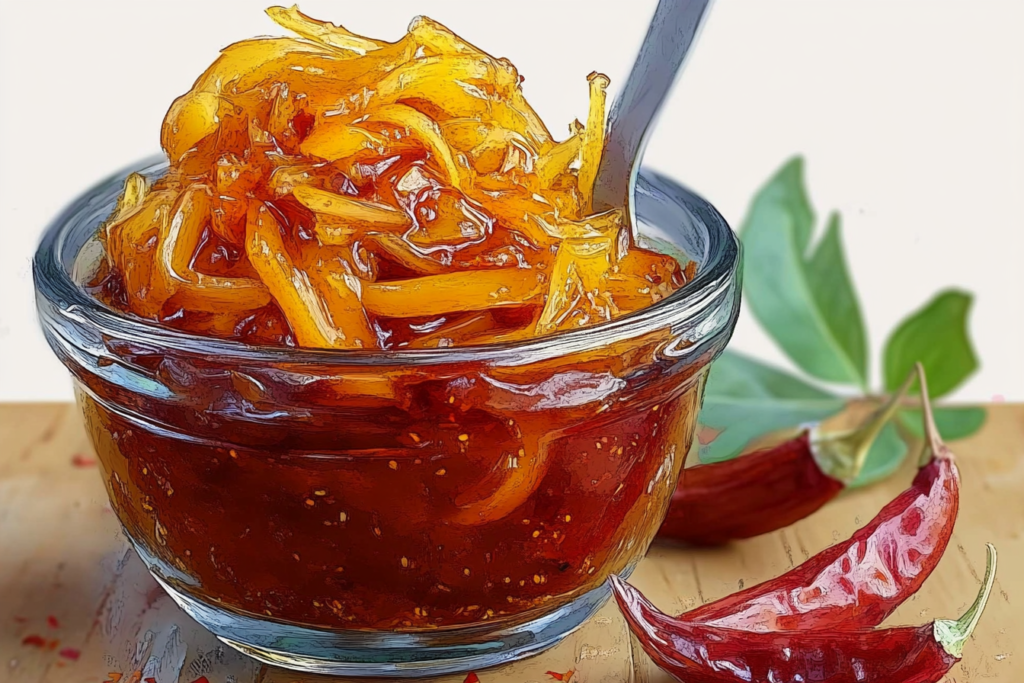
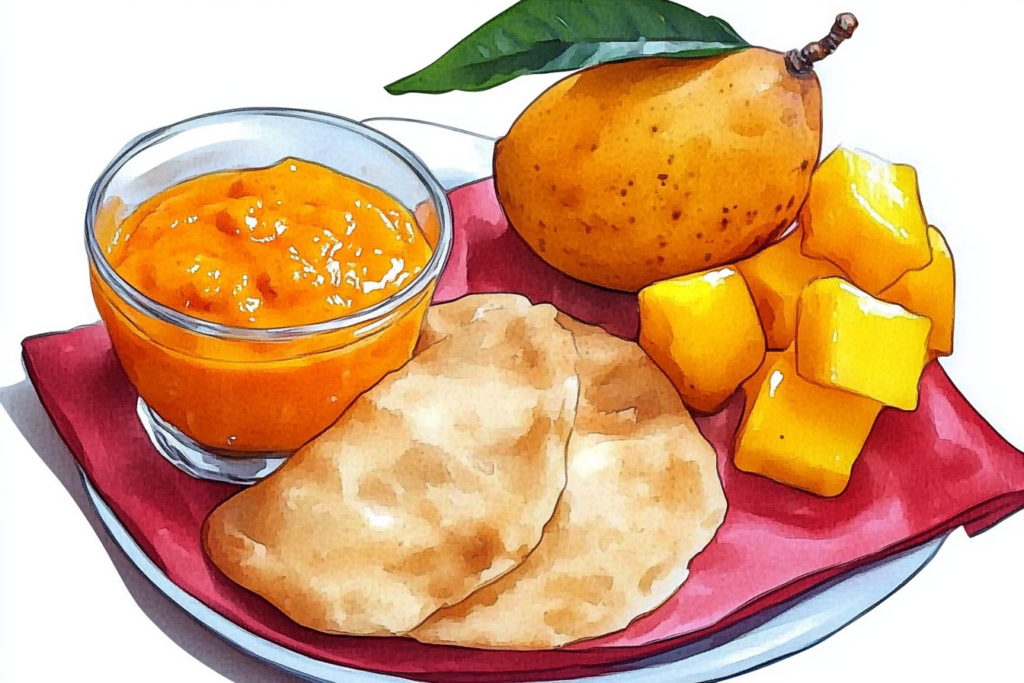
The Supporting Cast: Chutneys, Pickles, and the Sour Punch
No thali is complete without the sharp tang of chundo (grated mango pickle) or the fiery kick of lasan chutney. These aren’t mere condiments; they’re punctuation marks, ensuring no two mouthfuls taste the same. The aamras in summer, the undhiyu in winter—each dish speaks of seasons dictating the rhythm of life.

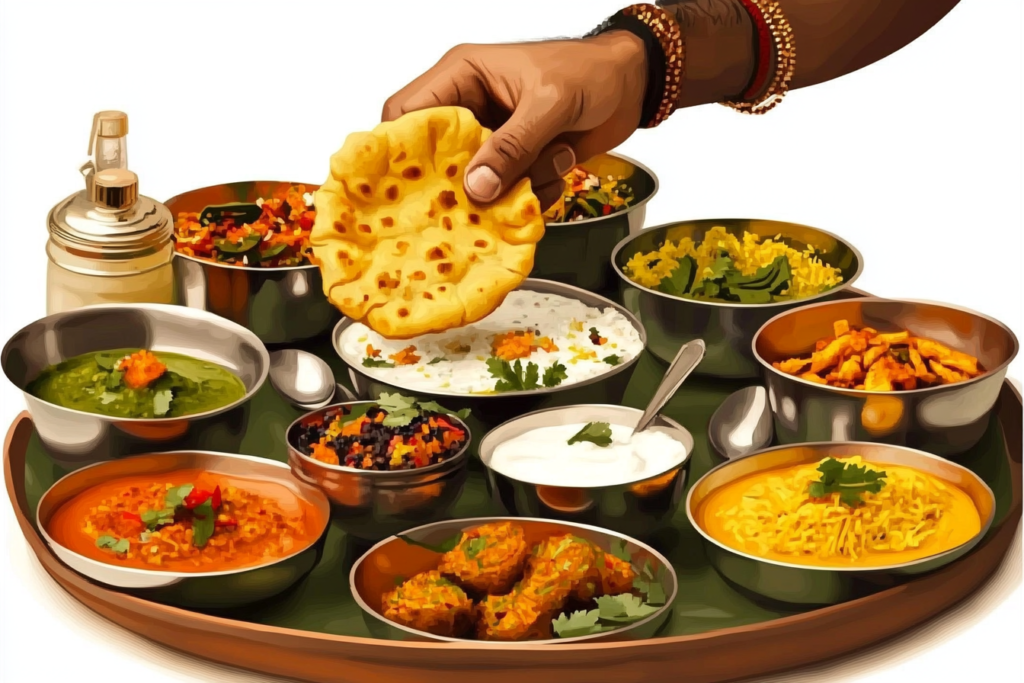
Why Does It Feel Like Home?
Because it’s designed to. The thali isn’t just food—it’s hospitality on a plate. The warmth of a Gujarati host ensures your katori is never empty, your palate never bored. You start with sweetness, dive into spice, cleanse with yogurt, and end with a buttery poori dunked in kadhi. It’s a meal that hugs you.
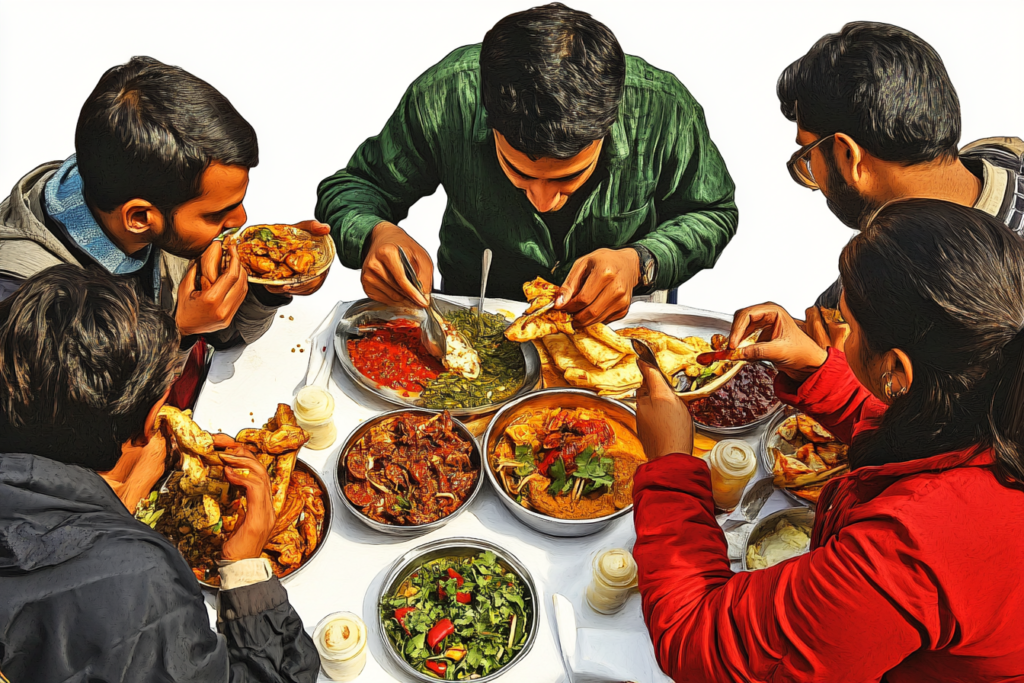
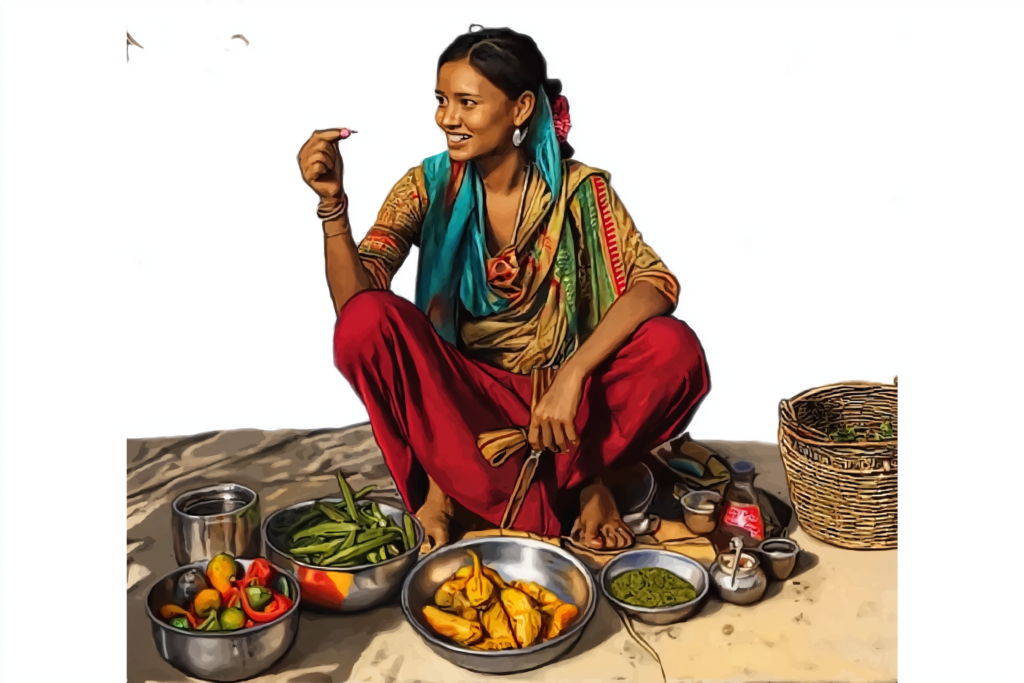
A Living Tradition
From the Surti locho of the streets to the kathiawadi undhiyu of village feasts, the thali evolves yet stays rooted. It’s a cuisine that refuses to be static—just like Gujarat itself.
So when you sit down to a Gujarati thali, remember: you’re not just eating. You’re tasting history, one glorious bite at a time.







